Perspex Sheets vs Polycarbonate Sheets: Which Is Right for You?
Introduction
Perspex sheets vs polycarbonate sheets in Kenya
When choosing clear roofing or glazing materials in Kenya, two options often stand out — Perspex sheets and polycarbonate sheets. Both offer transparency, versatility, and weather resistance, making them popular choices for residential, commercial, and industrial projects.
However, the two materials are not identical. While they may look similar, their strength, flexibility, UV resistance, and cost vary significantly. Understanding these differences is essential for making the right decision for your project — whether you’re installing skylights in Nairobi, roofing a greenhouse in Nakuru, or setting up outdoor canopies in Mombasa.
In this guide, we’ll break down everything you need to know about Perspex vs polycarbonate sheets, including their characteristics, benefits, and applications in Kenyan homes and businesses.
What Are Perspex Sheets?
Perspex is the trade name for cast acrylic sheets (chemically known as PMMA — polymethyl methacrylate). It is a lightweight, crystal-clear plastic that is often used as an alternative to glass.
Key Features of Perspex Sheets:
-
High clarity: Transmits up to 92% of light, making it one of the clearest plastics available.
-
UV resistant: Does not yellow or degrade when exposed to sunlight, even after years of use.
-
Weatherproof: Can withstand rain, sun, and wind, ideal for Kenya’s outdoor conditions.
-
Easily fabricated: Can be cut, drilled, and polished for clean finishes.
-
Aesthetic finish: Offers a glossy, professional appearance for architectural applications.
Common Applications of Perspex Sheets in Kenya
-
Shopfront signs and display panels
-
Interior and exterior glazing
-
Decorative skylights and windows
-
Partitioning and protective barriers
-
Greenhouses and garden covers
Perspex sheets are commonly preferred where visual appearance, light clarity, and a clean finish are most important.
What Are Polycarbonate Sheets?
Polycarbonate is another thermoplastic material known for incredible strength and flexibility. It’s widely used in high-impact environments such as roofing, skylights, greenhouses, and protective barriers.
Key Features of Polycarbonate Sheets:
-
Impact resistant: Up to 250 times stronger than glass and about 30 times stronger than Perspex.
-
Flexible and durable: Can bend without cracking, suitable for curved or arched structures.
-
Heat resistant: Performs well under high temperatures, ideal for hot Kenyan regions.
-
UV protection: Most modern polycarbonate sheets come with a UV coating for long life outdoors.
-
Lightweight: Despite its strength, it’s lighter than glass, making installation easier and safer.
Common Applications of Polycarbonate Sheets in Kenya
-
Residential roofing and skylights
-
Walkway and carport covers
-
Greenhouses and shade structures
-
Industrial roofing and cladding
-
Safety glazing and canopies
Polycarbonate is generally the material of choice for projects that require strength, resilience, and flexibility.
Perspex vs Polycarbonate: A Detailed Comparison
| Property | Perspex (Acrylic) | Polycarbonate |
|---|---|---|
| Impact Strength | Good (about 17x stronger than glass) | Excellent (up to 250x stronger than glass) |
| Light Transmission | ~92% – the clearest plastic available | ~88–90% – slightly lower clarity |
| Flexibility | Rigid and brittle under pressure | Highly flexible and bendable |
| Weather Resistance | Excellent UV and weather resistance | Requires UV coating for long-term clarity |
| Scratch Resistance | More resistant to scratching | More prone to surface scratching |
| Weight | Lightweight | Lightweight but slightly heavier than Perspex |
| Fire Resistance | Lower heat resistance | Better resistance to heat and fire |
| Ease of Fabrication | Easy to cut and polish | More difficult to cut and polish cleanly |
| Cost | More affordable | Higher initial cost |
| Best Use Case | Decorative, aesthetic projects | Structural, high-impact projects |
Advantages of Perspex Sheets
-
Exceptional Clarity: Perfect for display panels, shopfronts, and design features where appearance matters.
-
Lightweight & Easy to Handle: Easier to transport and install than glass or metal.
-
Weather Resistance: Withstands UV rays and rain without discoloration.
-
Low Maintenance: Smooth surface resists dust and is easy to clean.
-
Cost-Effective Option: More affordable for decorative or moderate-use projects.
Advantages of Polycarbonate Sheets
-
Unmatched Strength: Ideal for high-traffic or high-impact environments.
-
Temperature and Fire Resistance: Performs well in both hot and cold climates.
-
Flexible Design: Can be bent or curved for creative roofing and structural designs.
-
Long Lifespan: With UV protection, polycarbonate roofs can last over 15 years with minimal maintenance.
-
Excellent Safety Performance: Resistant to breakage, reducing injury risk compared to glass.
Applications of Perspex and Polycarbonate in Kenyan Homes
1. Roofing and Skylights
Polycarbonate sheets are the go-to choice for roofing in Kenyan homes — they allow natural light while providing protection from heavy rains and hail. Perspex, however, may be preferred for smaller skylight designs where aesthetics are more important than impact strength.
2. Greenhouses
Polycarbonate is ideal for greenhouse roofing because of its flexibility, durability, and UV protection. Perspex may discolor over time if exposed to extreme heat, making polycarbonate more practical for long-term agricultural use.
3. Decorative Interiors
Perspex sheets are commonly used for interior partitions, lighting fixtures, and furniture accents where a sleek look and clarity are desired.
4. Outdoor Canopies and Carports
For Kenyan homes or offices with outdoor parking or seating spaces, polycarbonate sheets are the superior choice — they’re strong, resilient, and offer reliable weather protection year-round.
5. Safety Barriers and Shields
Polycarbonate sheets are widely used for safety glazing in offices, schools, and commercial buildings because of their shatterproof qualities.
Choosing the Right Material for Your Kenyan Project
When deciding between Perspex and polycarbonate, consider the following:
-
Purpose: If your project demands strength, choose polycarbonate. If it requires clarity, go for Perspex.
-
Location: For high-sun areas like Mombasa or Garissa, ensure UV protection is included.
-
Budget: Perspex is cheaper, but polycarbonate often offers better long-term value.
-
Maintenance: Perspex needs less maintenance but is less impact-resistant.
-
Aesthetic vs Performance: Perspex wins for beauty, polycarbonate for performance.
Ultimately, polycarbonate sheets are the best for functional and durable roofing or glazing, while Perspex sheets are best for visual and decorative purposes.
Where to Buy Perspex and Polycarbonate Sheets in Kenya
At Maruti Hardware Ltd, we supply both Perspex (acrylic) and polycarbonate roofing sheets in a range of sizes, thicknesses, and colors. Whether you need sheets for a greenhouse, canopy, shopfront, or residential roofing, our experts can help you choose the right type and grade for your project.
Related Products
Delivery Across Kenya
We deliver high-quality Perspex and polycarbonate sheets to Nairobi, Mombasa, Kisumu, Nakuru, Eldoret, Nyeri, Thika, Machakos, and other towns across Kenya. Fast delivery ensures your materials arrive in perfect condition, ready for installation.
Conclusion
When comparing Perspex vs polycarbonate sheets, the decision comes down to clarity versus strength. Perspex offers superior light transmission and aesthetic appeal, while polycarbonate delivers unmatched toughness and weather resistance.
For homeowners and builders in Kenya, the right choice depends on the intended use, environment, and budget. Whichever material you choose, Maruti Hardware Ltd provides durable, high-quality sheets engineered for Kenya’s climate — ensuring long-term value and performance.
Bring Your Vision to Life in Stone — or in Strong, Transparent Roofing. Contact Maruti Hardware Ltd today to get expert guidance and a quotation tailored to your project.
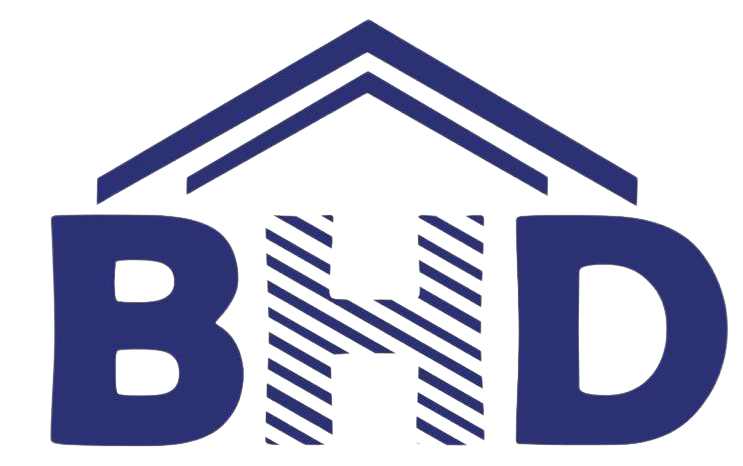
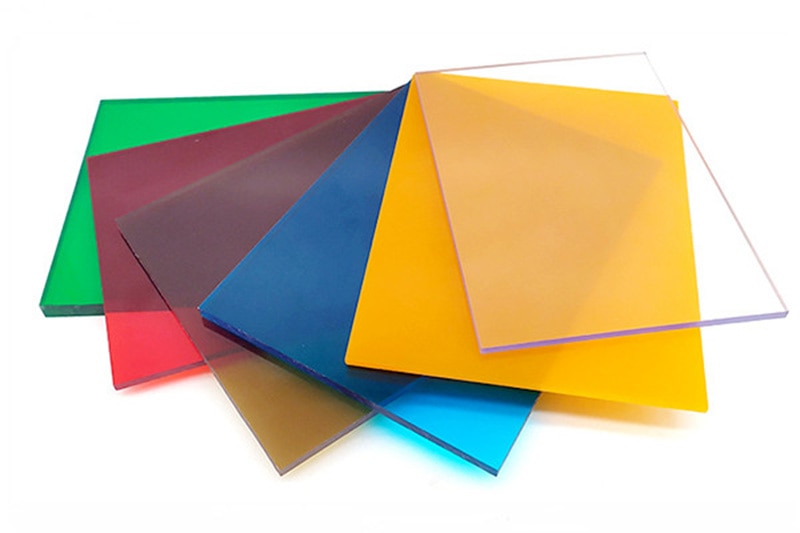
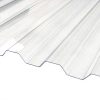
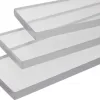
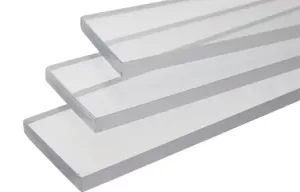
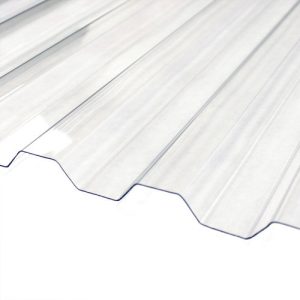

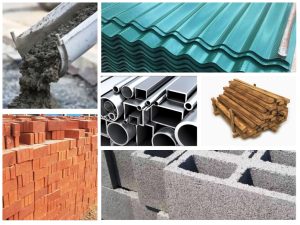
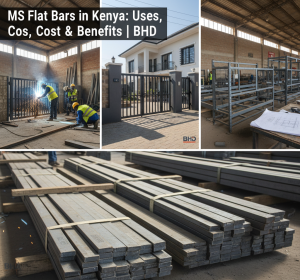
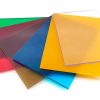

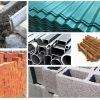
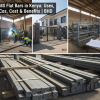
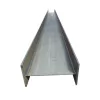

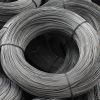
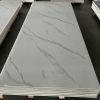
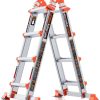
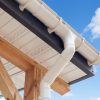








Leave a reply